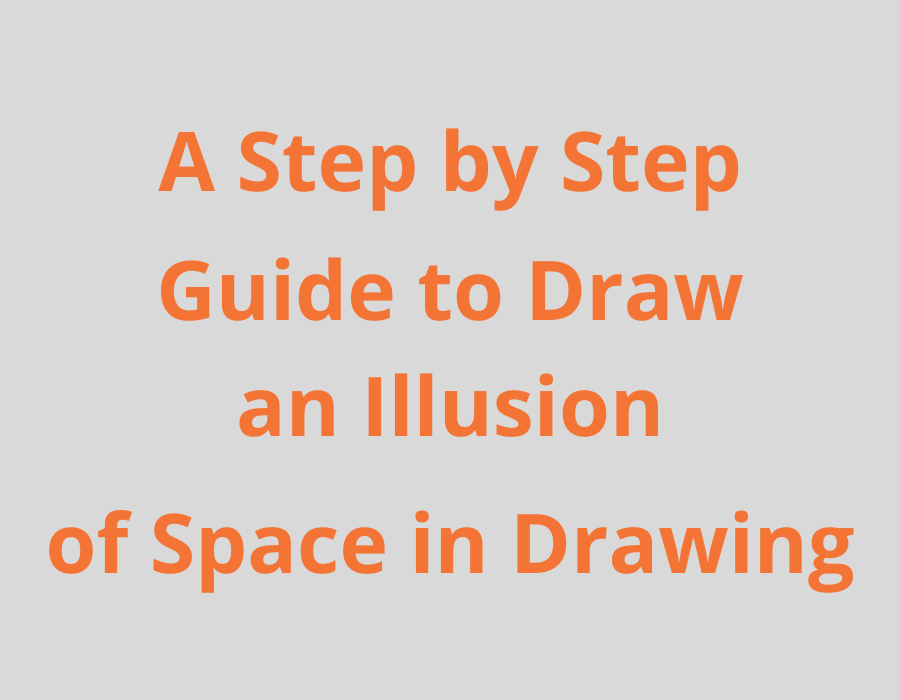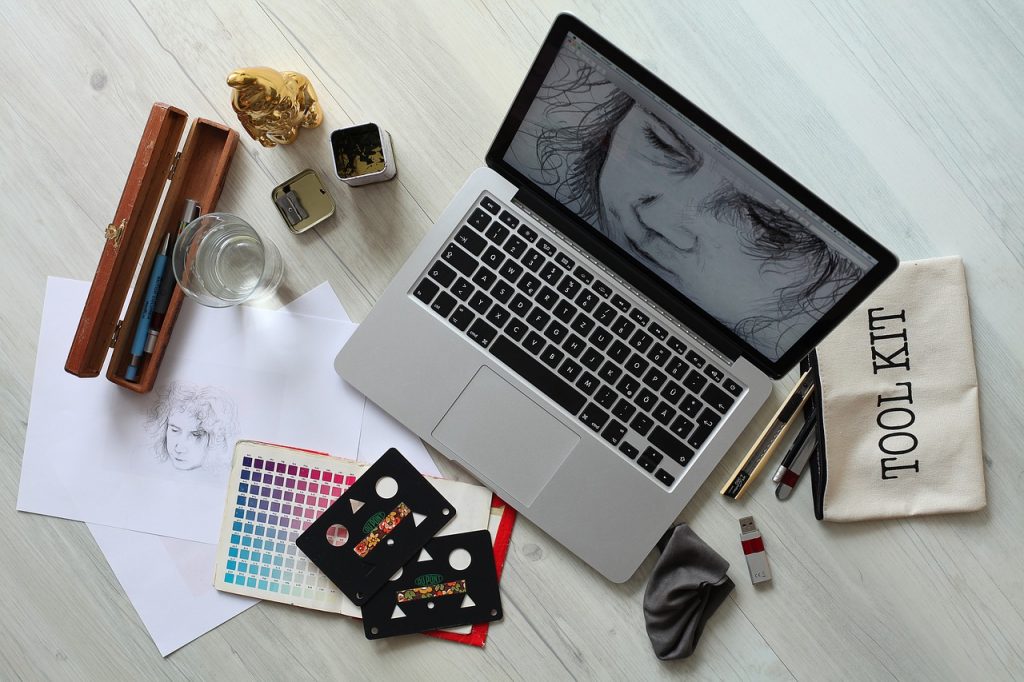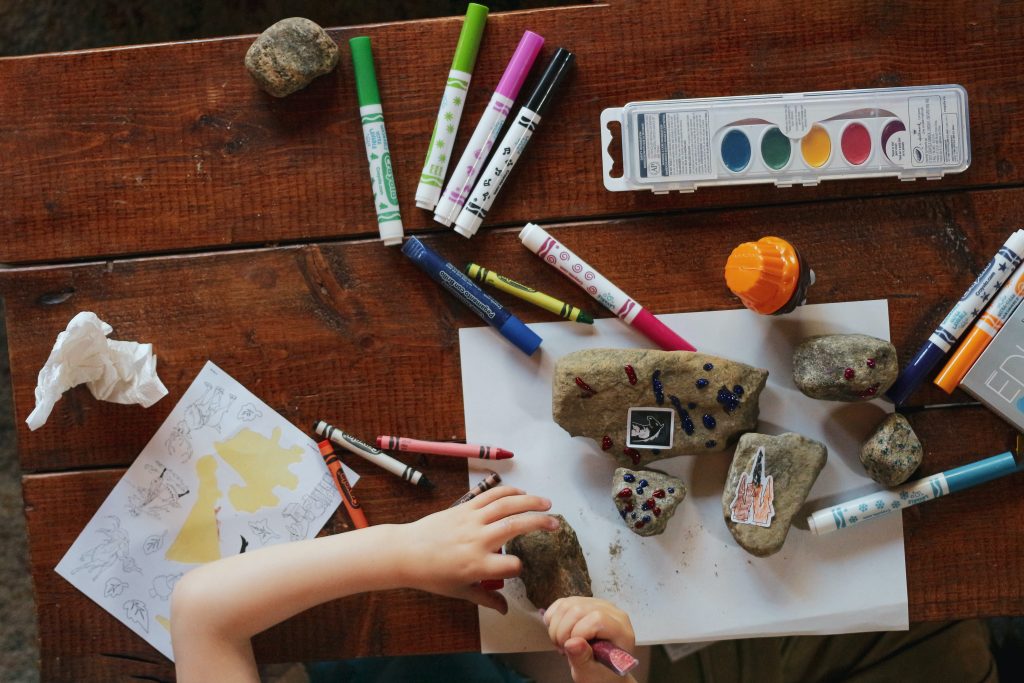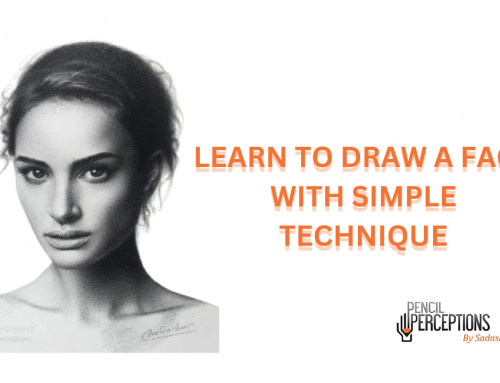A Step by Step Guide to Draw an Illusion of Space in Drawing
The space in the drawing is crucial; if you are drawing landscapes. As you know, we are surrounded by Air as a medium. So when this Air covers the object, it changes its colour, texture, and appearance. And, if you don’t keep Aerial perspective in mind, you will end up conveying faulty and wrong drawing.
So in this blog, we will discuss how you can change some object features and attributes to get a precise Drawing.
So here’s a Step by Step Guide on how to draw the illusion of space in the drawing.
Step 1
All the nearby objects must be observed and drawn in detail, while those at a distance should be observed and drawn collectively. So from now on, when you draw a landscape, remember to fill in all the details in nearby objects. For the distant objects, you can draw schematically; these distant objects should be similar to the close objects.
Step 2
We all know that the Air is Transparent. But as it contains various particles like dust, moisture and ultimately gases, its visibility decreases with the distance. As per the second law of Aerial perspective, the nearby objects should have precise edges while perceiving and drawing them. On the contrary, distant objects should have blunt and unclear edges. If you are Drawing foggy or rainy weather, the edges of distant objects should be more infield and blunt to match the reduced visibility.
Step 3
The foggy and unclear environment also alters the light’s effect on the objects. The effect of sunlight on a nearby object and distant objects also differ. The nearby objects appear clearer and distant objects appear dull.
Moreover, the darker objects become lighter at a distance, whereas the lighter objects become darker due to the thickness of air. The third step states light objects look dim when they are far, and darker objects look lighter when they are far.
Step 4
The fourth step states that all the nearby objects have hard light & look voluminous. On the contrary, the distant objects are sparsely marked light and objects look small and non-material. So if you want to depict the distance or space in the Drawing, you should draw nearby objects to the dimensions while the distant objects should be plain. For the objects placed at a greater distance, there is no contrast between illuminated surface and shadows. They both look equally illuminated.
Step 5
The fifth step states that the distant object in the foggy scene of scenery should be depicted in the fog colour. Moreover, the nearby objects should be coloured brighter, whereas the farther objects must be lighter. If the distance increases, the colour of distance objects should be darker.
Step 6
The sixth step states that the nearby objects should look colourful, but the distant objects should be monochromatic. So, when you are drawing something close, you can use multiple colours but when you draw the background, you should use one colour monochromatically.
Understanding these steps and implementing it is crucial if you want to portray an illusion of space in drawing effectively. So if you are wondering how to create an illusion of space in art, these steps can be beneficial. You can also opt for online drawing classes if you want to learn to draw. Online courses can clear your fundamentals and can help you master the art logically.
 Skip to content
Skip to content









